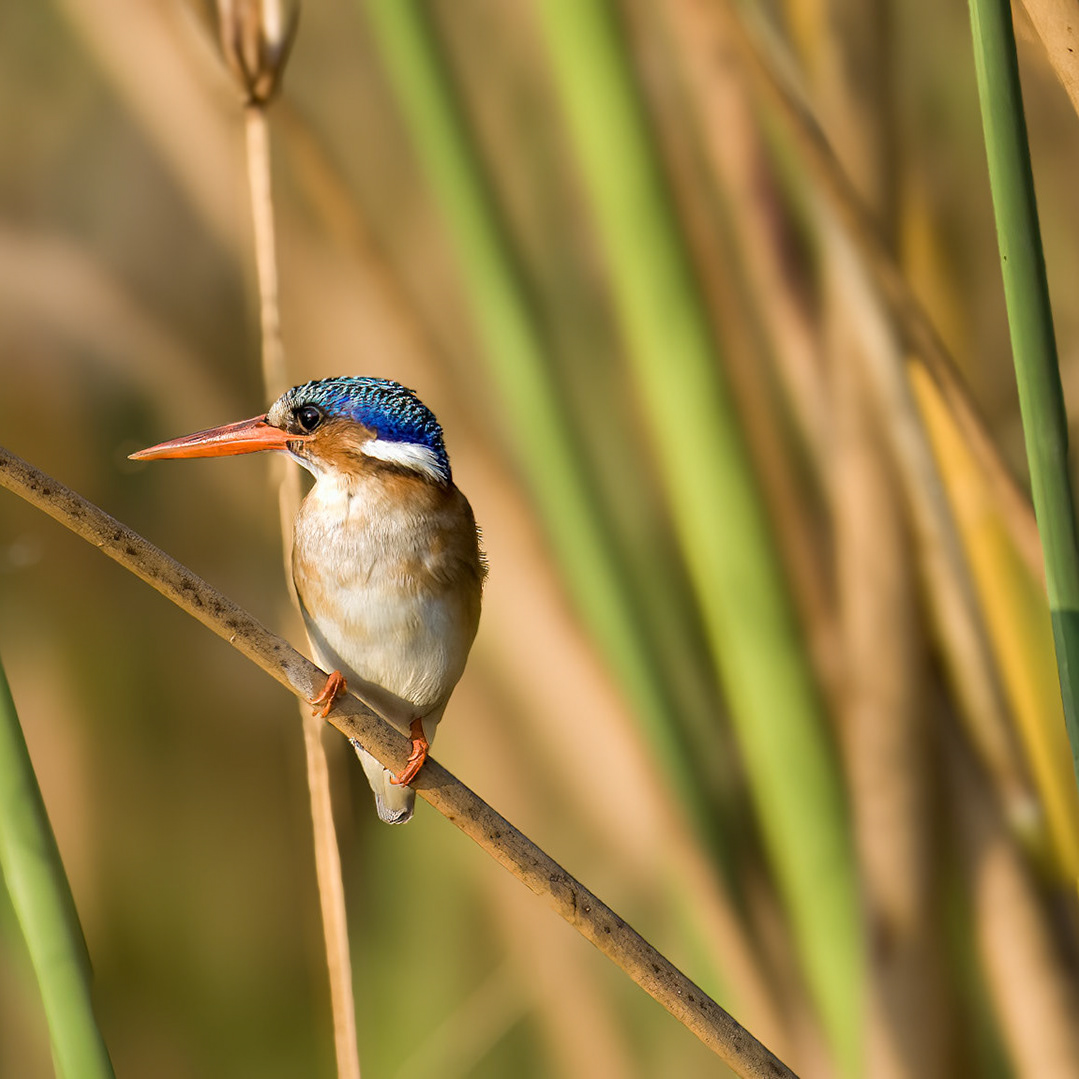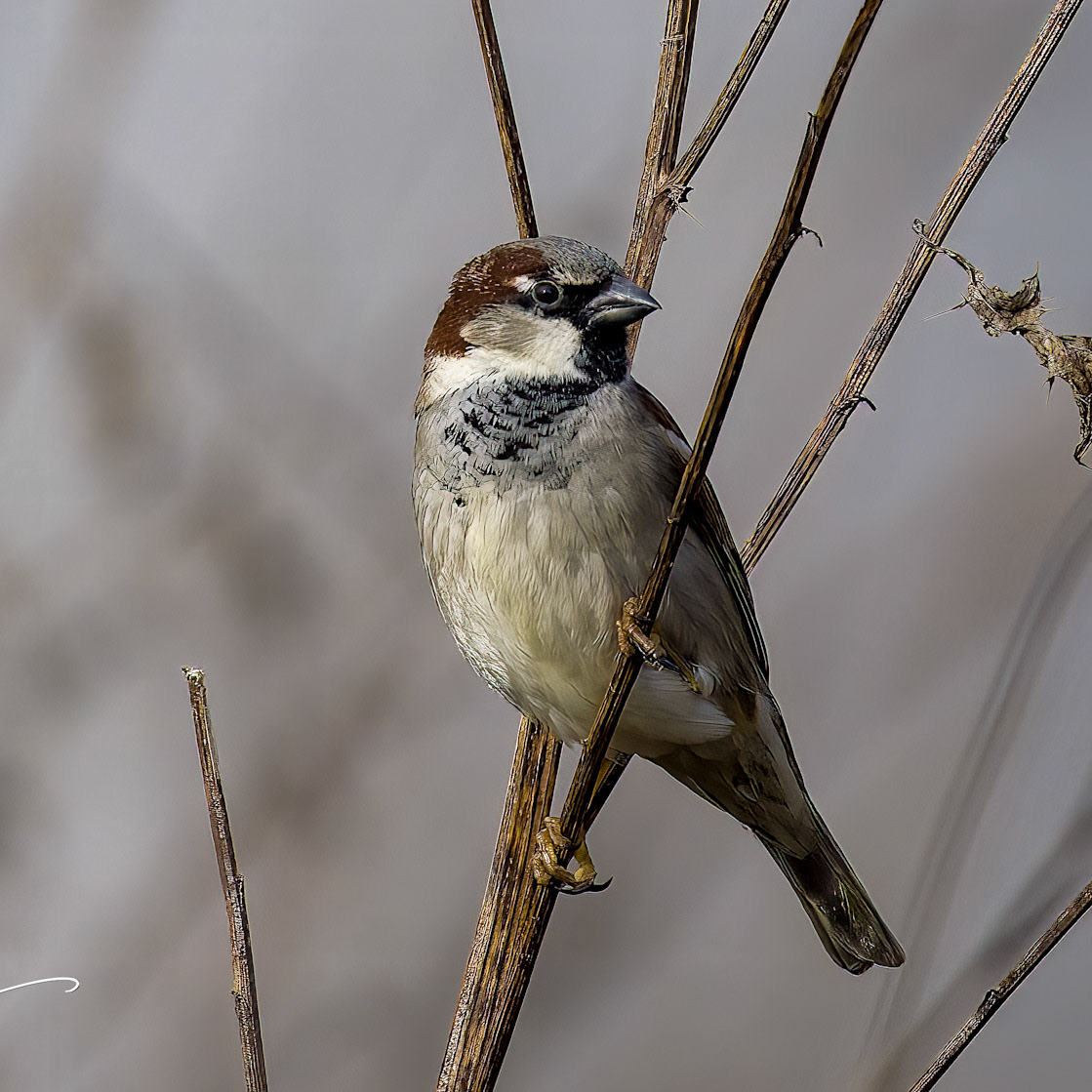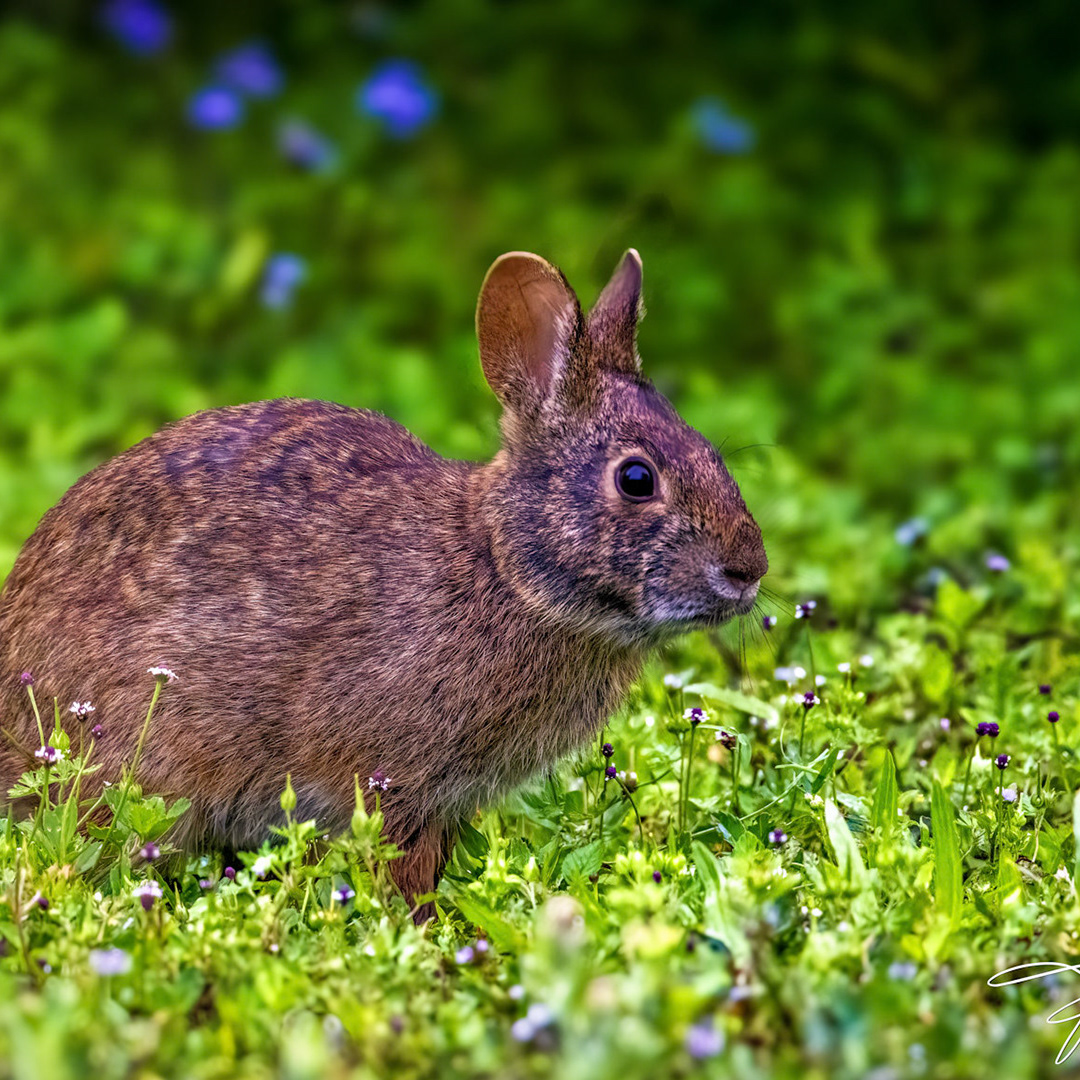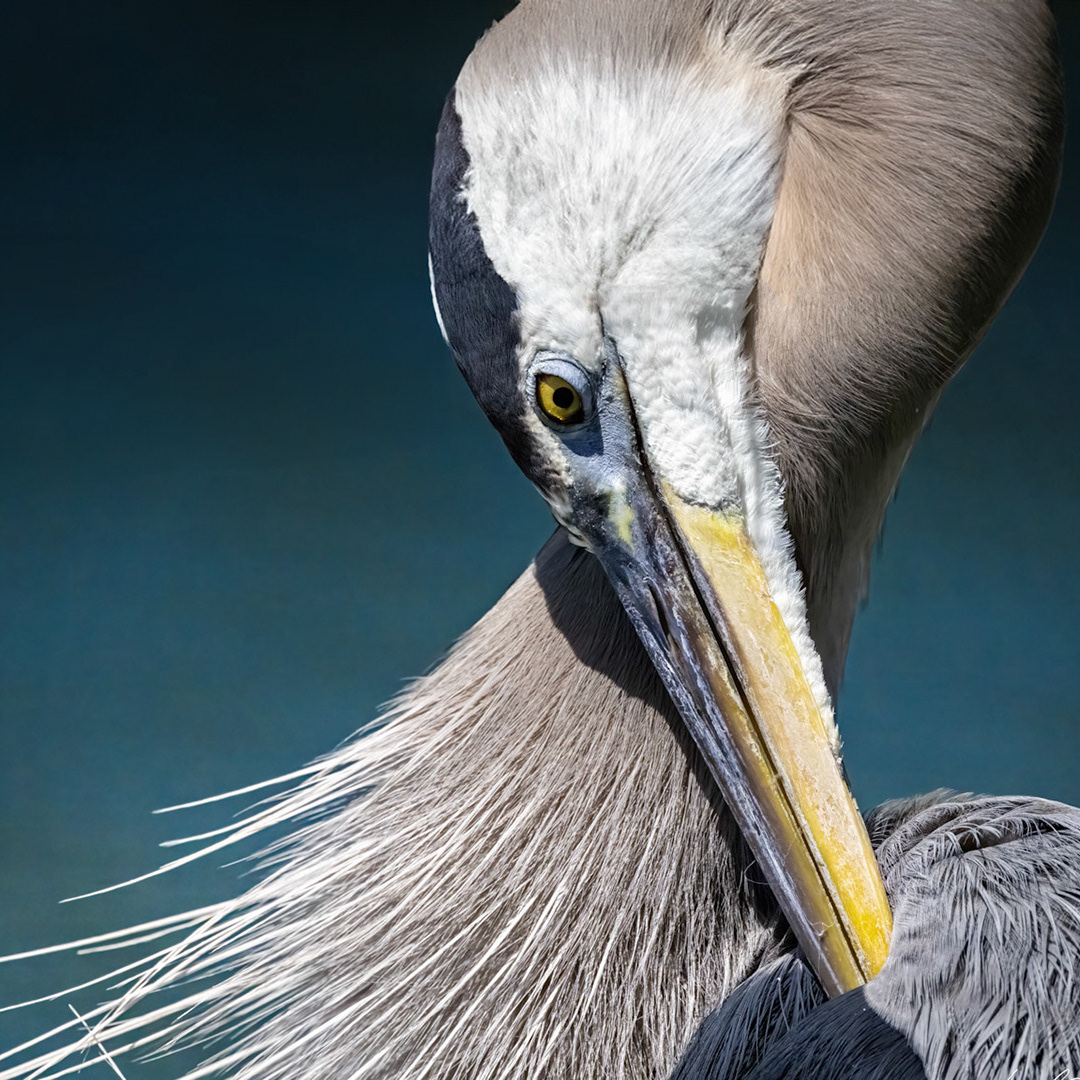As a photographer, I adore Florida birds. From the bald eagle to the hummingbird, Florida has a rich biodiversity. I never tire of photographing Florida's birds in their natural habitats.
BALD EAGLE (Haliaeetus leucocephalus)
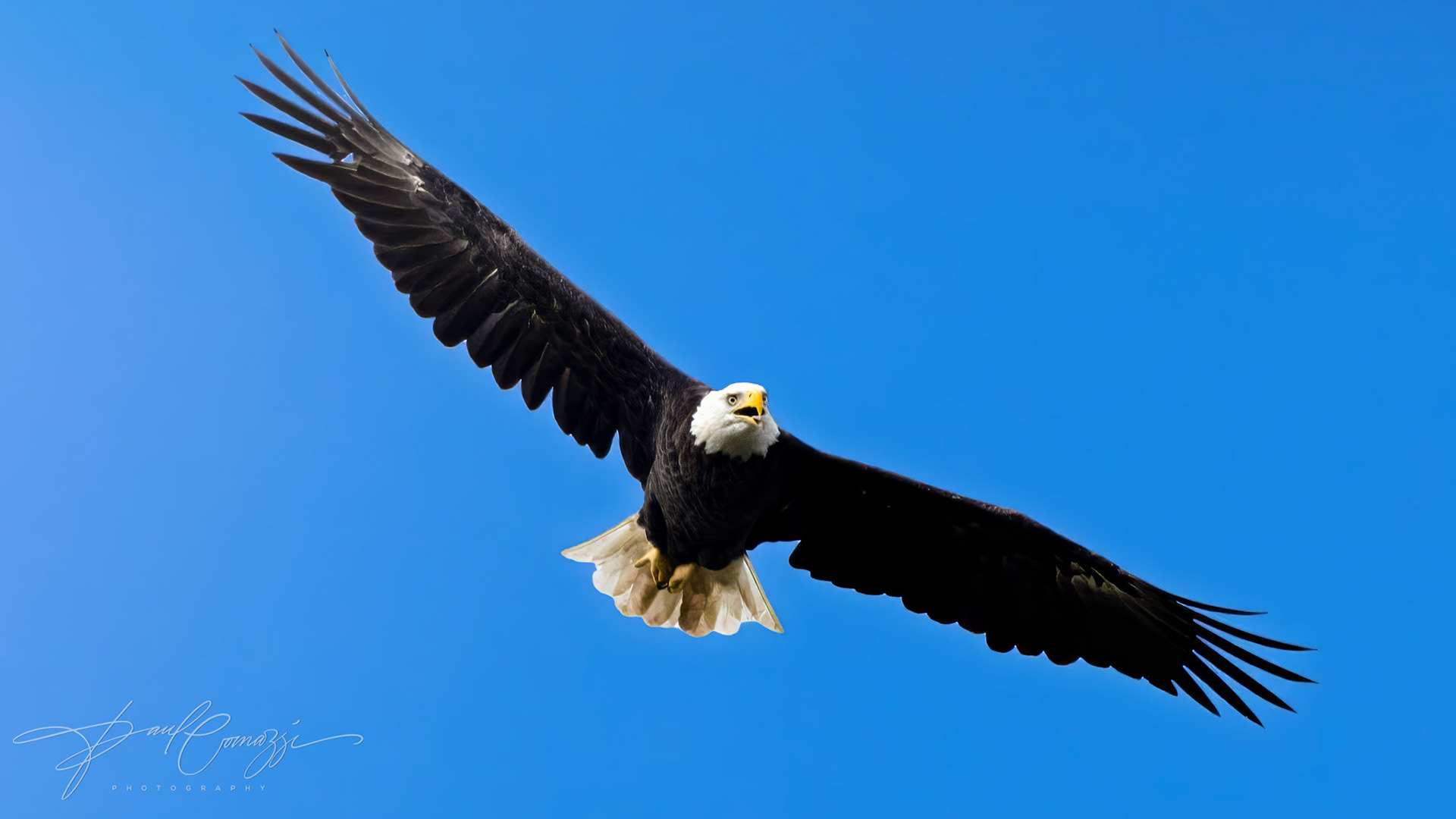

There is a long history of the bald eagle serving as a spiritual symbol for indigenous communities and as a national emblem for the USA dating back to 1782. Although they don't really have any hair on their heads, the white feathers provide a shimmer to these majestic birds' otherwise chocolate-brown plumage and wings. You can spot them flying alone or pursuing prey. The bald eagle has recovered from the effects of pesticides and hunting, which had nearly wiped it out.
GREAT BLUE HERON (ARDEA HERODIAS)




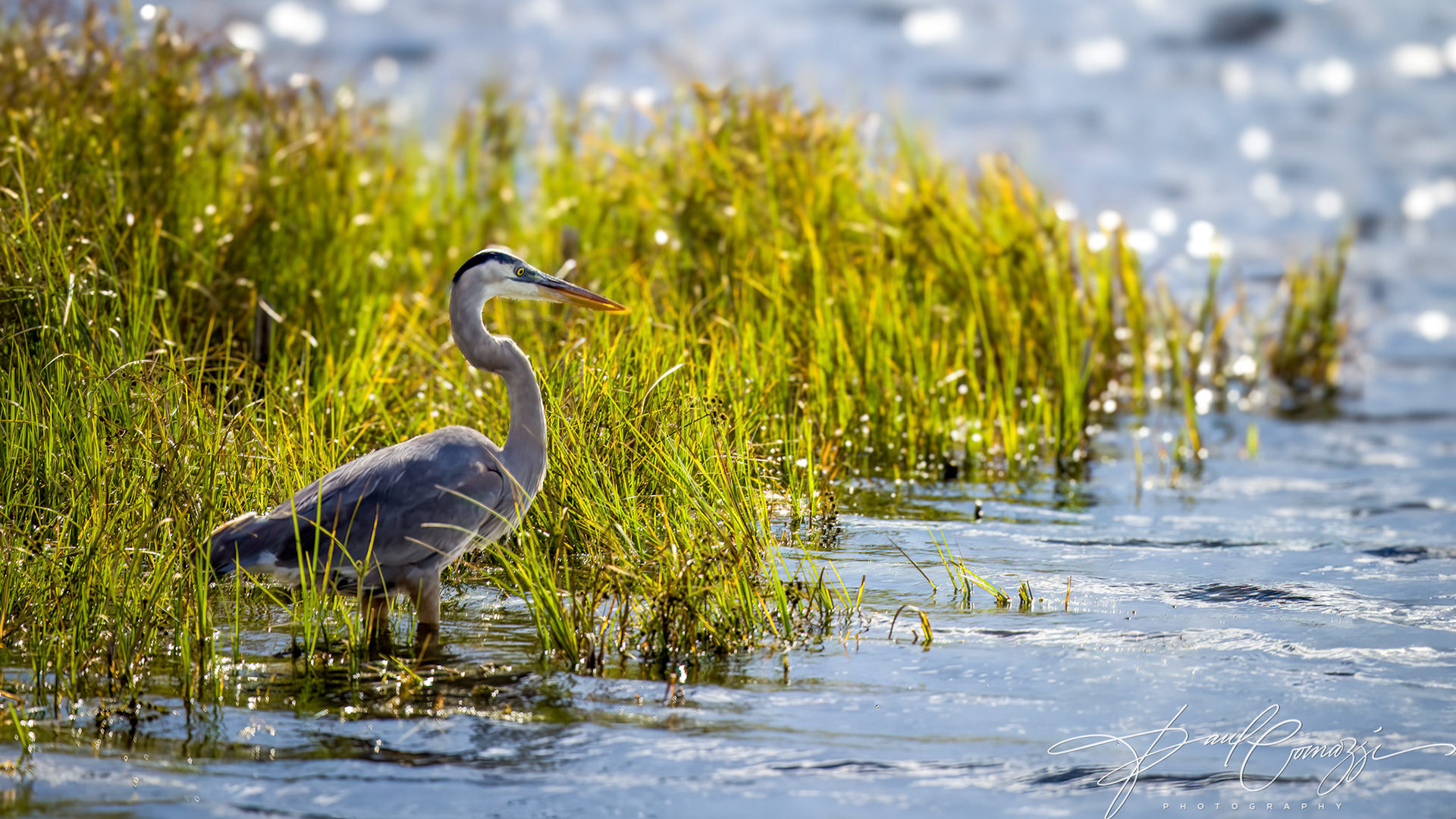
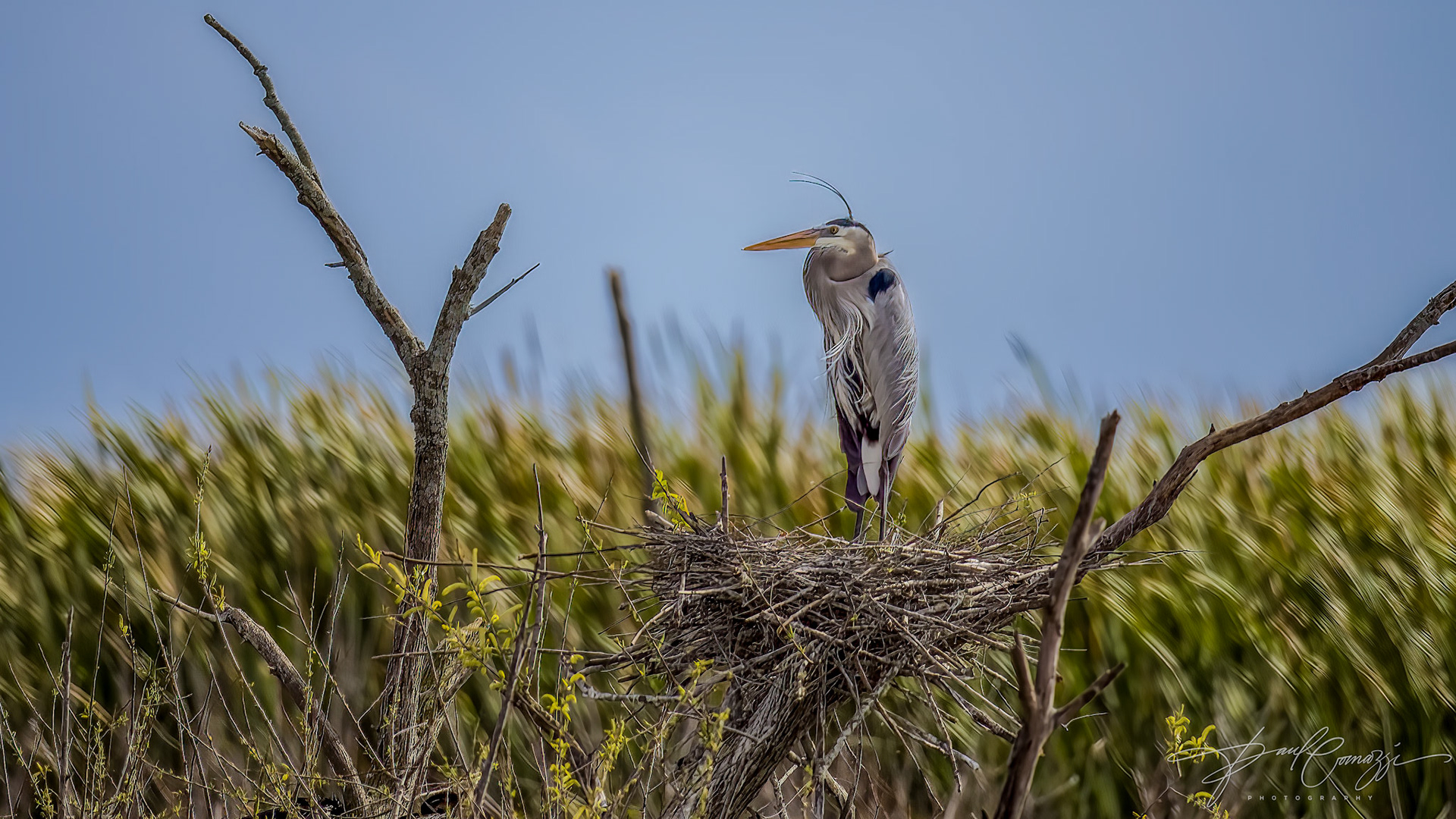
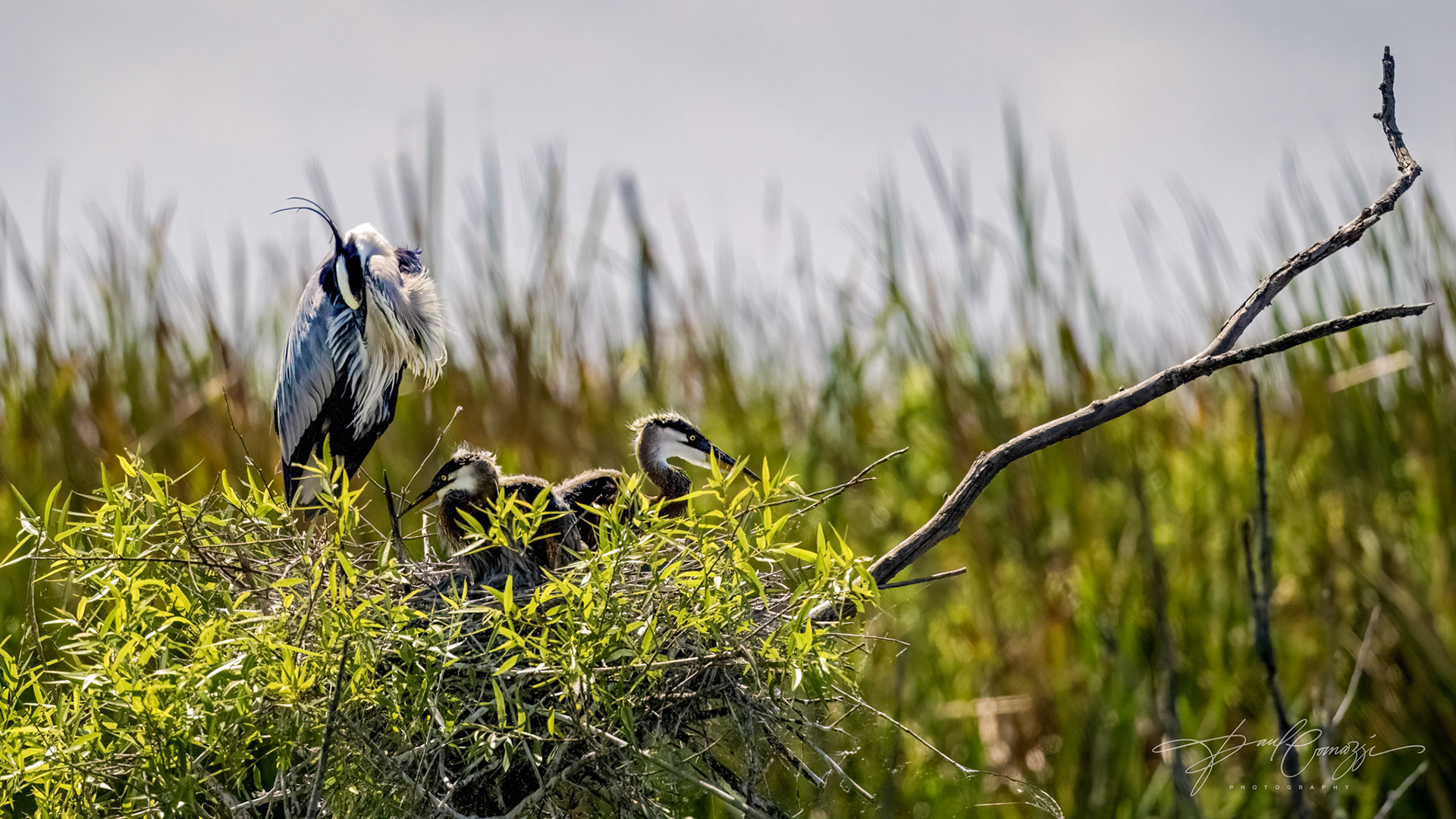


The Great Blue Heron is the largest wading bird in North America, with a height of up to 5 feet and a wingspan of up to 7 feet. They are found in a variety of habitats, including freshwater and saltwater marshes, swamps, and shorelines. Great blue herons are solitary birds that are often seen wading in shallow water, using their long necks and sharp bills to catch fish, frogs, and other small animals.
GREAT CRESTED FLYCATCHER (MYIARCHUS CRINITUS)


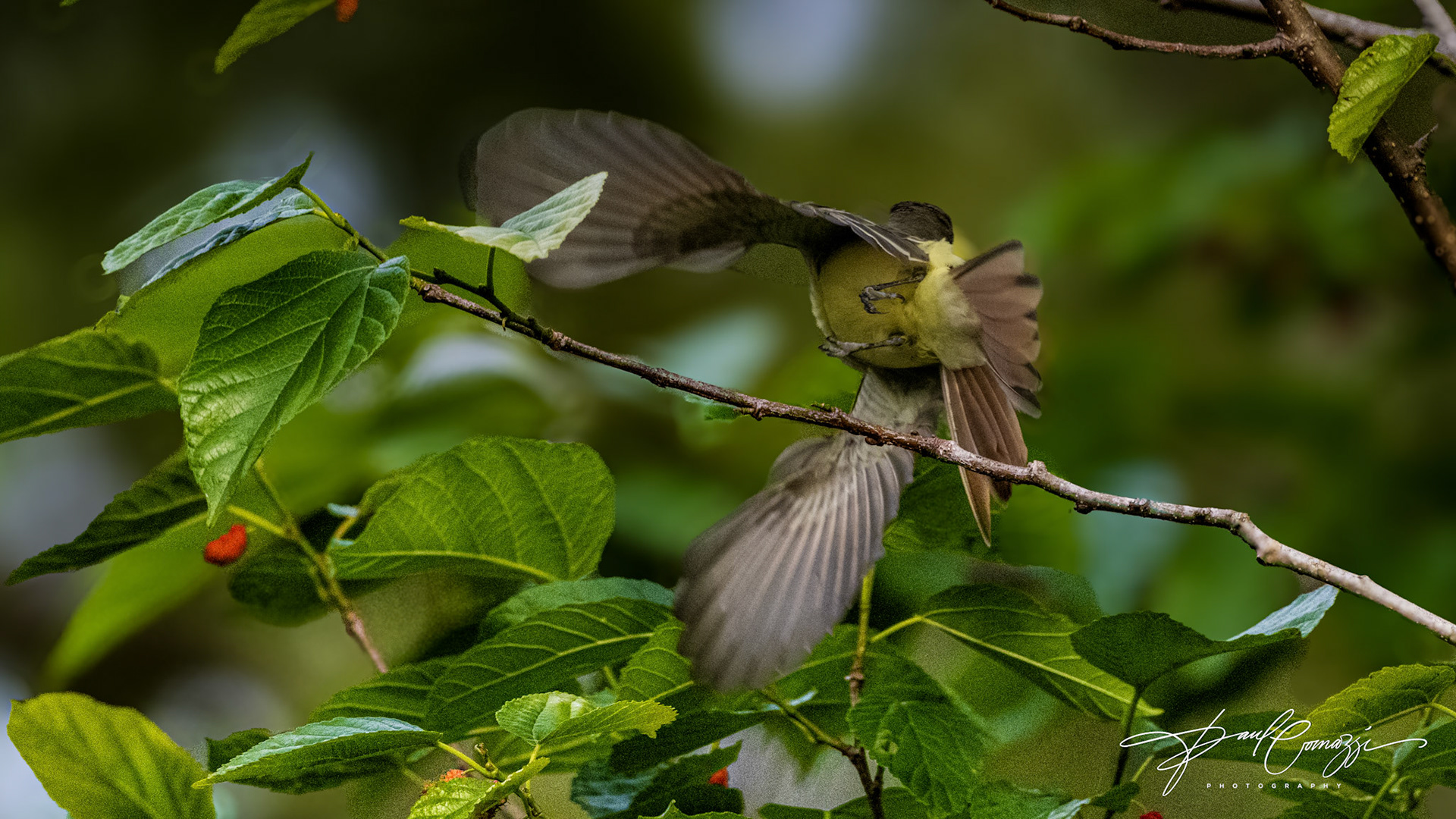
The Great Crested Flycatcher spends the summer months nested in the upper branches of towering trees in the eastern United States' lush woodlands. To hear its rolling cries reverberate over the forest, one need only close their eyes. Because this species is so much more colorful than the majority of eastern flycatchers, any birdwatcher lucky enough to catch a glimpse of it is sure to be amazed. Nesting in tree holes, it has the peculiar tendency of incorporating bits of discarded snakeskin into its clutches.
CEDAR WAXWING
(Bombycilla cenrorum)
(Bombycilla cenrorum)
Flocks of Cedar Waxwings, calling out in thin, lisping calls, swoop down on hedges and trees filled with berries, and then flutter among the branches as they devour the food. It is unusual to spot a single waxwing because these birds are sociable year-round. From time to time, a group of waxwings will be perched on a limb and will pass a berry from one of their bills to another until someone eats it. Typical of open woods, orchards, and shrubby regions over the majority of North America; widespread and somewhat frequent.
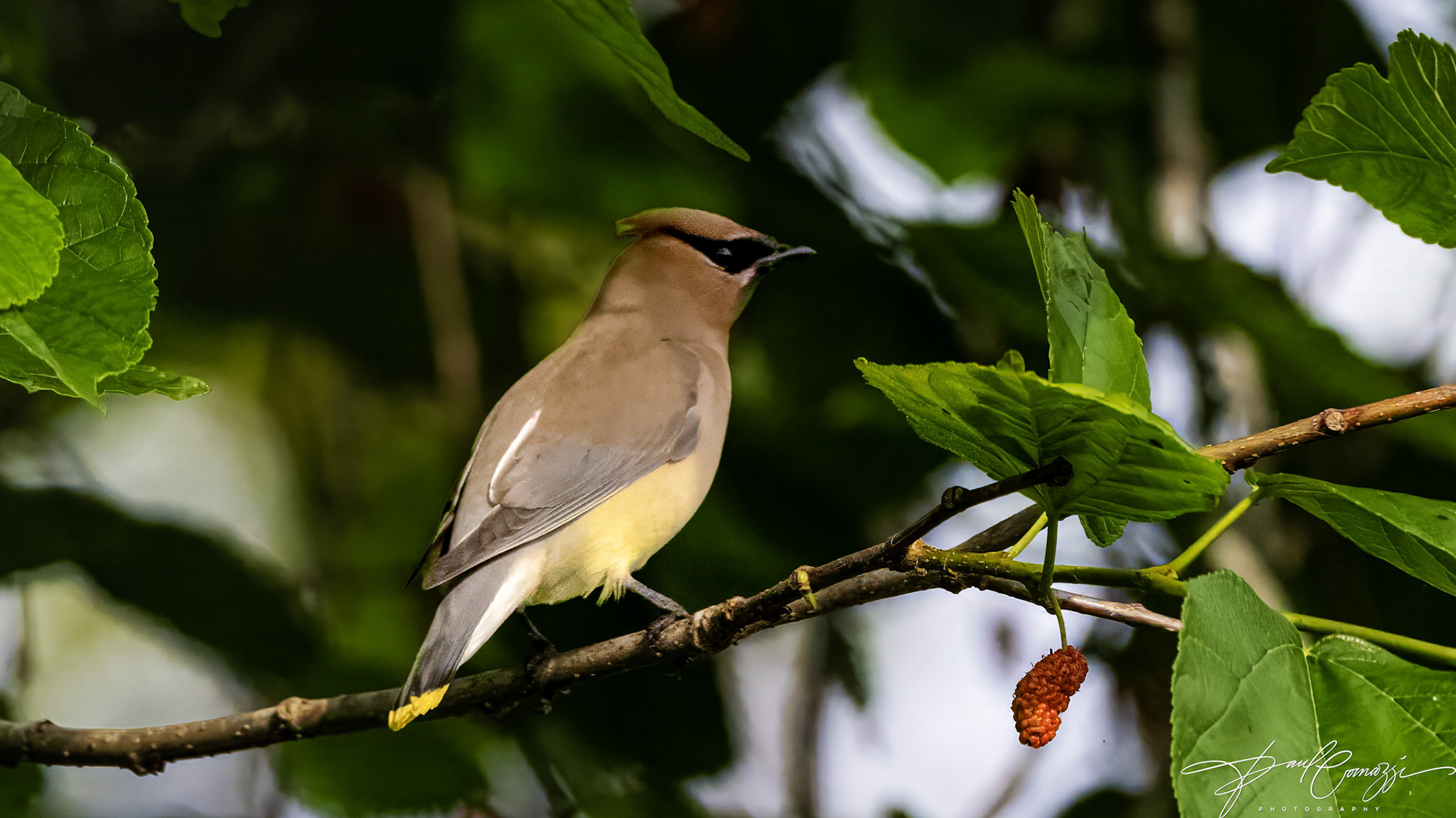
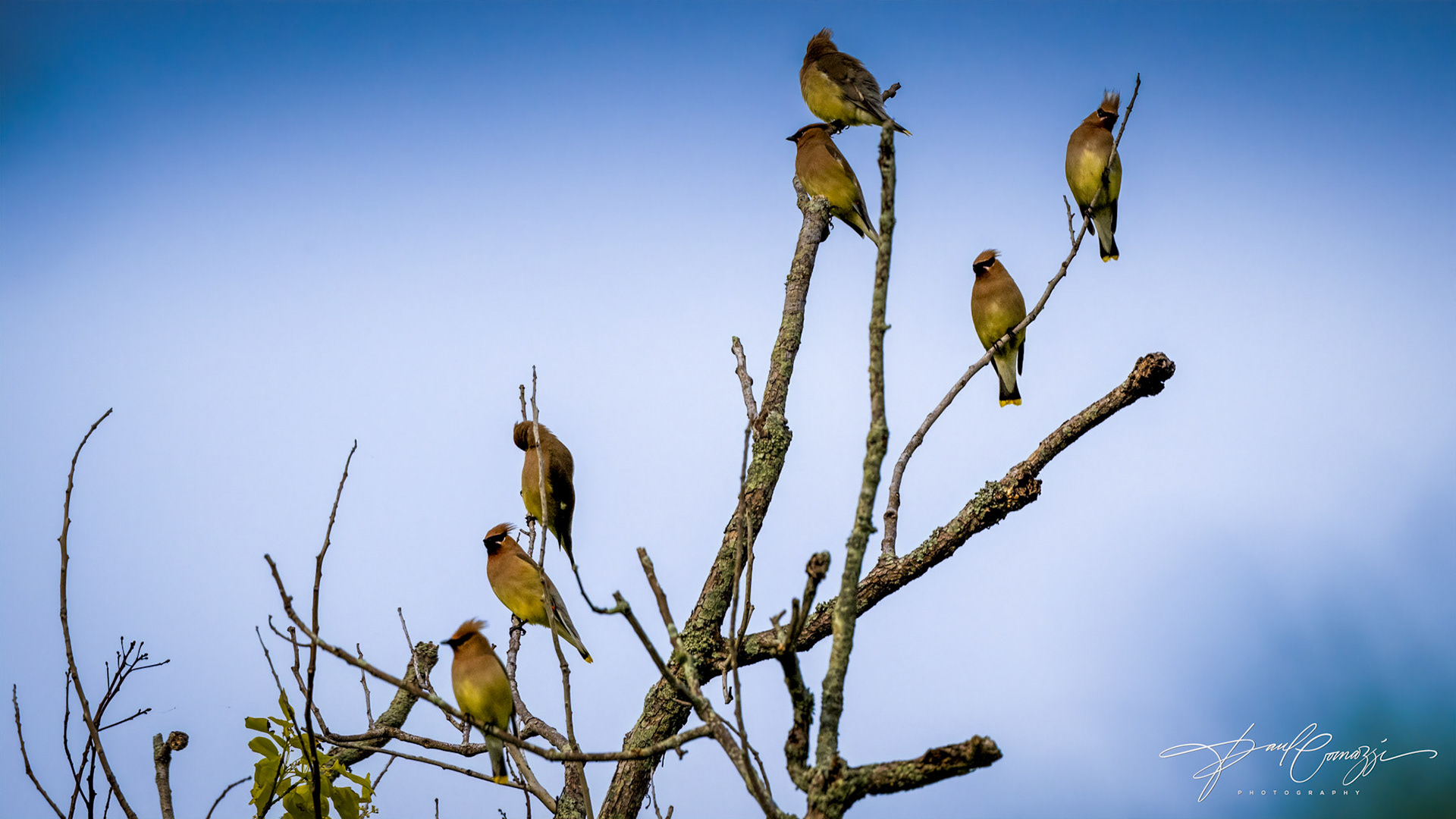
PILEATED WOODPECKER (DRYOCOPUS PILEATUS)
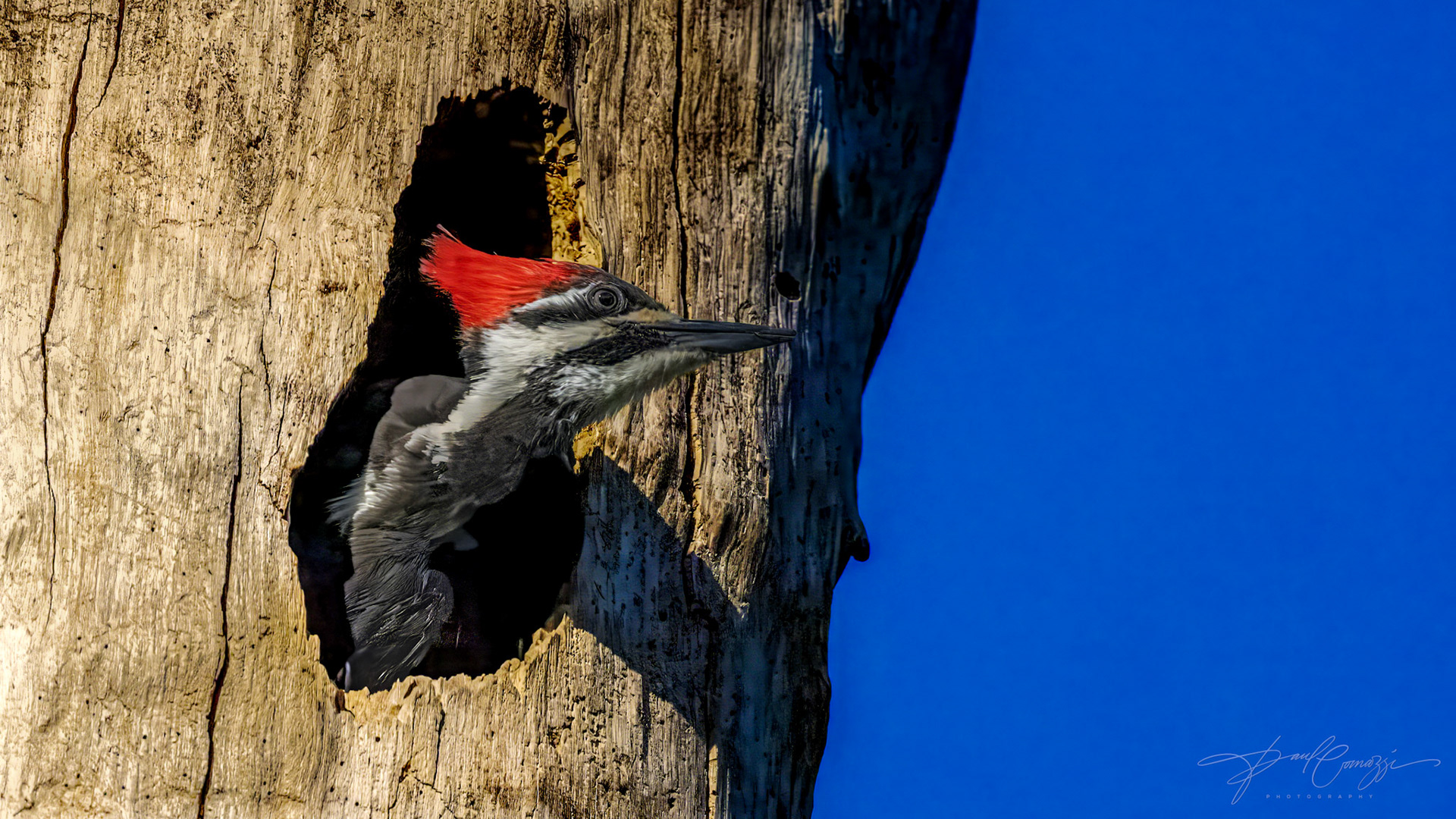

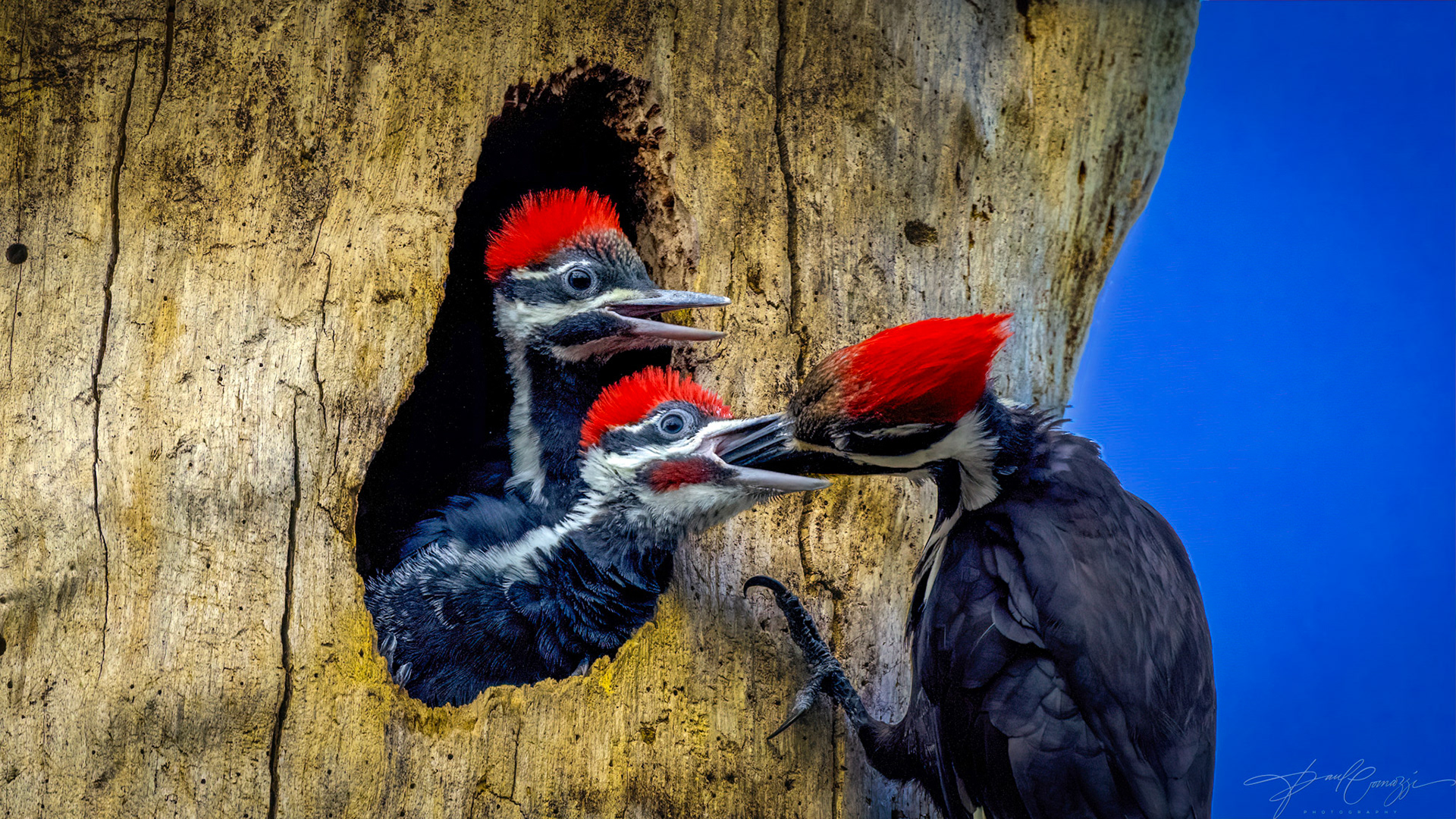
The Pileated Woodpecker stands out among the continent's woodland birds due to its size and stunning appearance. It has a flaming-red crown, a black body, and striking white stripes down its neck; it is almost as big as a crow. Pileated woodpeckers leave distinctive rectangular holes in wood as they whack at fallen logs and dead trees in pursuit of carpenter ants, their primary meal. Many animals rely on the nest holes that these birds create for refuge. This includes pine martens, bats, owls, ducks, and swifts.
RED-COCKADED WOODPECKER (DRYOBATES BOREALISS)
A vigilant Red-cockaded woodpecker perched on the rugged bark of a pine tree, poised for its next peck.
The red-cockaded woodpecker (RCW) is a black-and-white bird that may weigh 1.8 ounces and reach a length of 9 inches (22.9 cm). A RCW's head, neck, belly, and back are all black and white with black and white bars. On top of that, there's a big white patch on the cheek. The male red-cockade has a tiny, almost invisible red stripe that runs up and over his face. RCWs inhabit old-growth pine woods. Only the RCW, unlike other woodpeckers, bores holes in live pine trees—never in dead trees, where the wood is soft and rotting. Of all the species in the world, the RCW was among the first to be listed as endangered.


Under the Migratory Bird Treaty Act, the RCW is safeguarded in the United States. In addition to Florida's Endangered and Threatened Species Rule and the Federal Endangered Species Act, this species is protected as an Endangered species. This is why the birds shown here are banded, to help researches keep track of the birds and their migration patterns
RUBY-THROATED HUMMINGBIRD (Archilochus colubris)
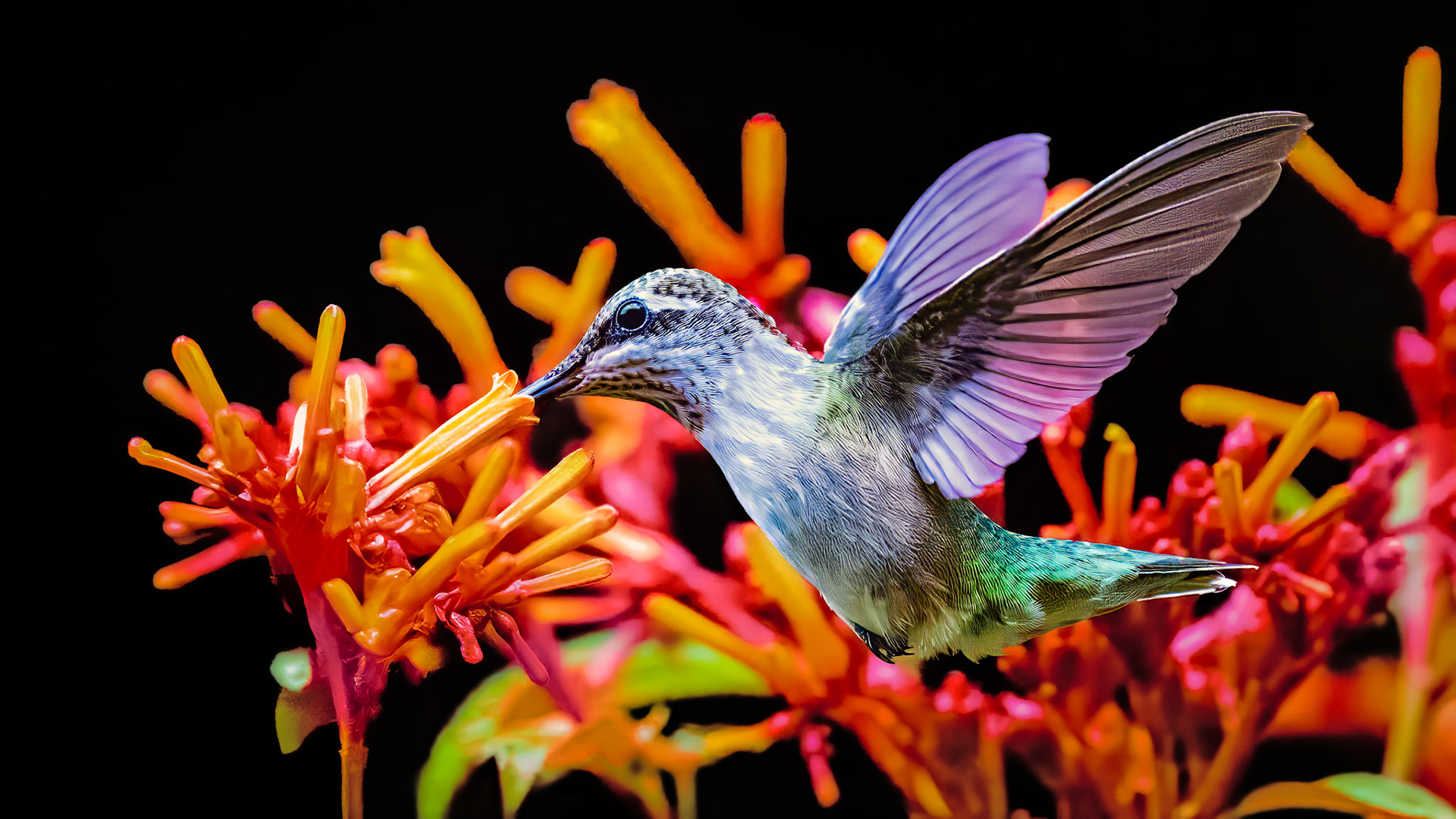
WHITE-EYED VIREO (VIREO GRISEUS)
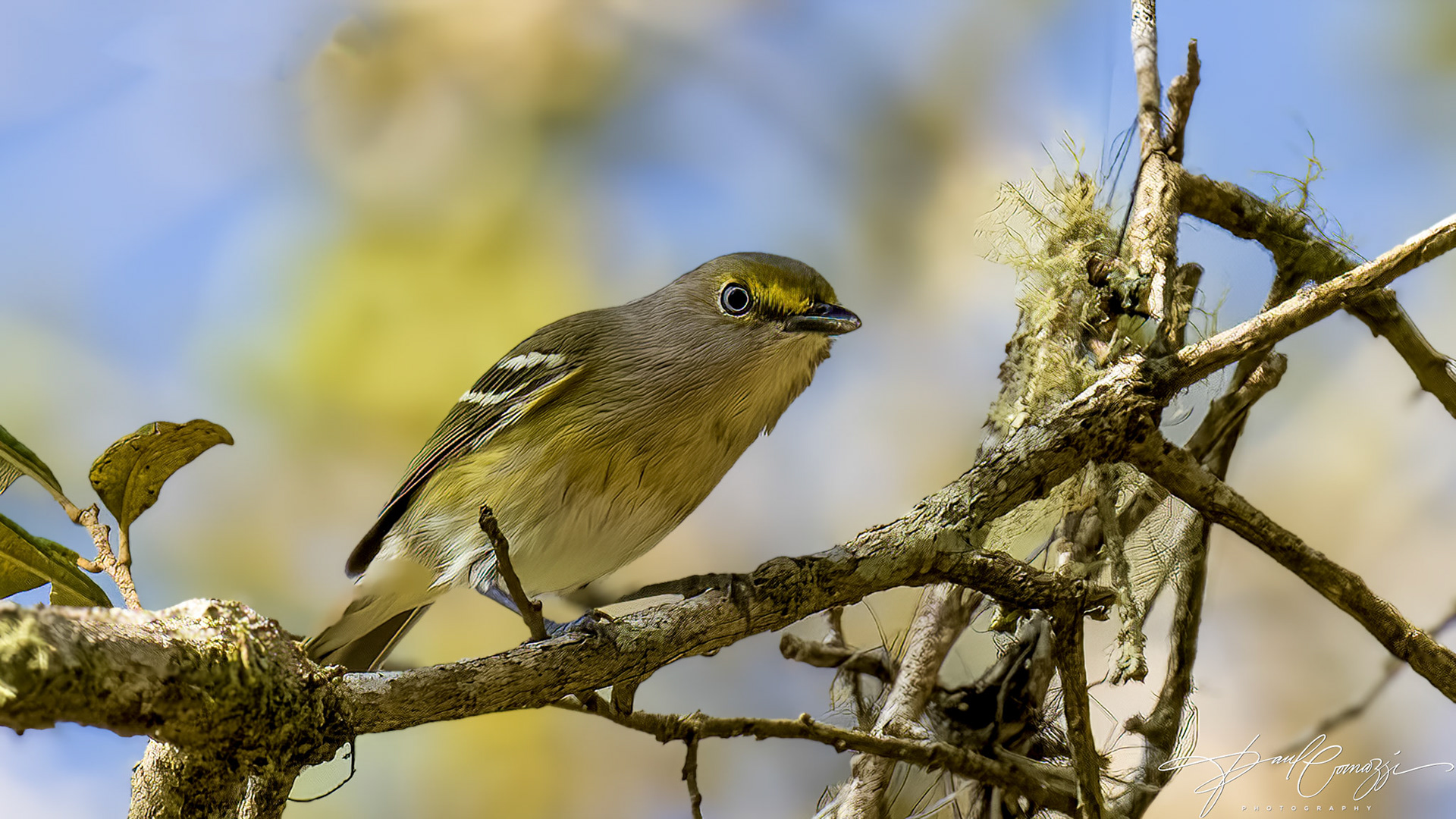
A tiny feathered white-eyed vireo, perched upon a twig, surveying the world with its bright yellow eyes. A symphony of nature, captured in a single frame
White-eyed vireos are known for their beautiful singing. The male's song is a high-pitched whistle that he uses to attract females and defend his territory. White-eyed vireos are also known for their acrobatic flight. They are often seen flying through trees and shrubs, catching insects in mid-air.
OTHER SPECIES
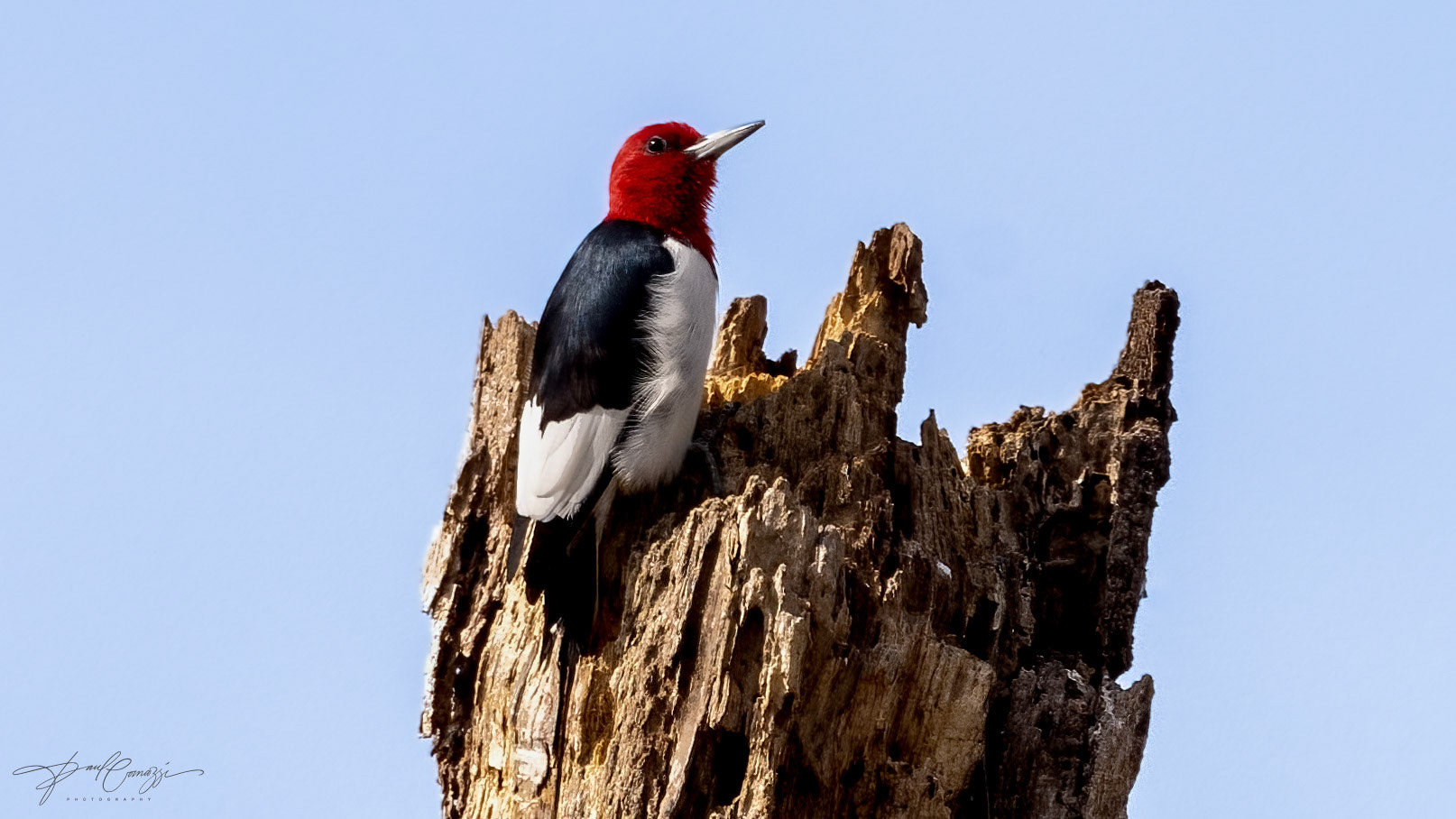


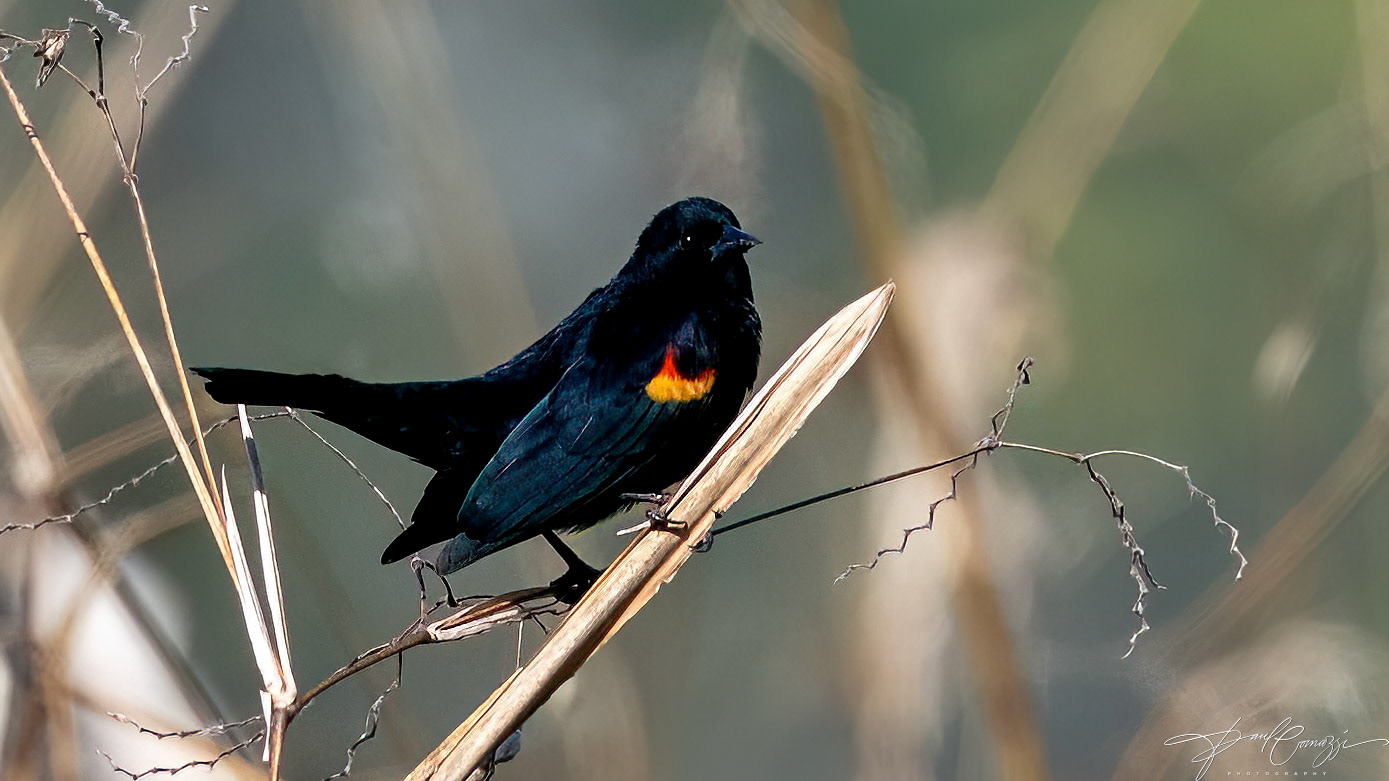
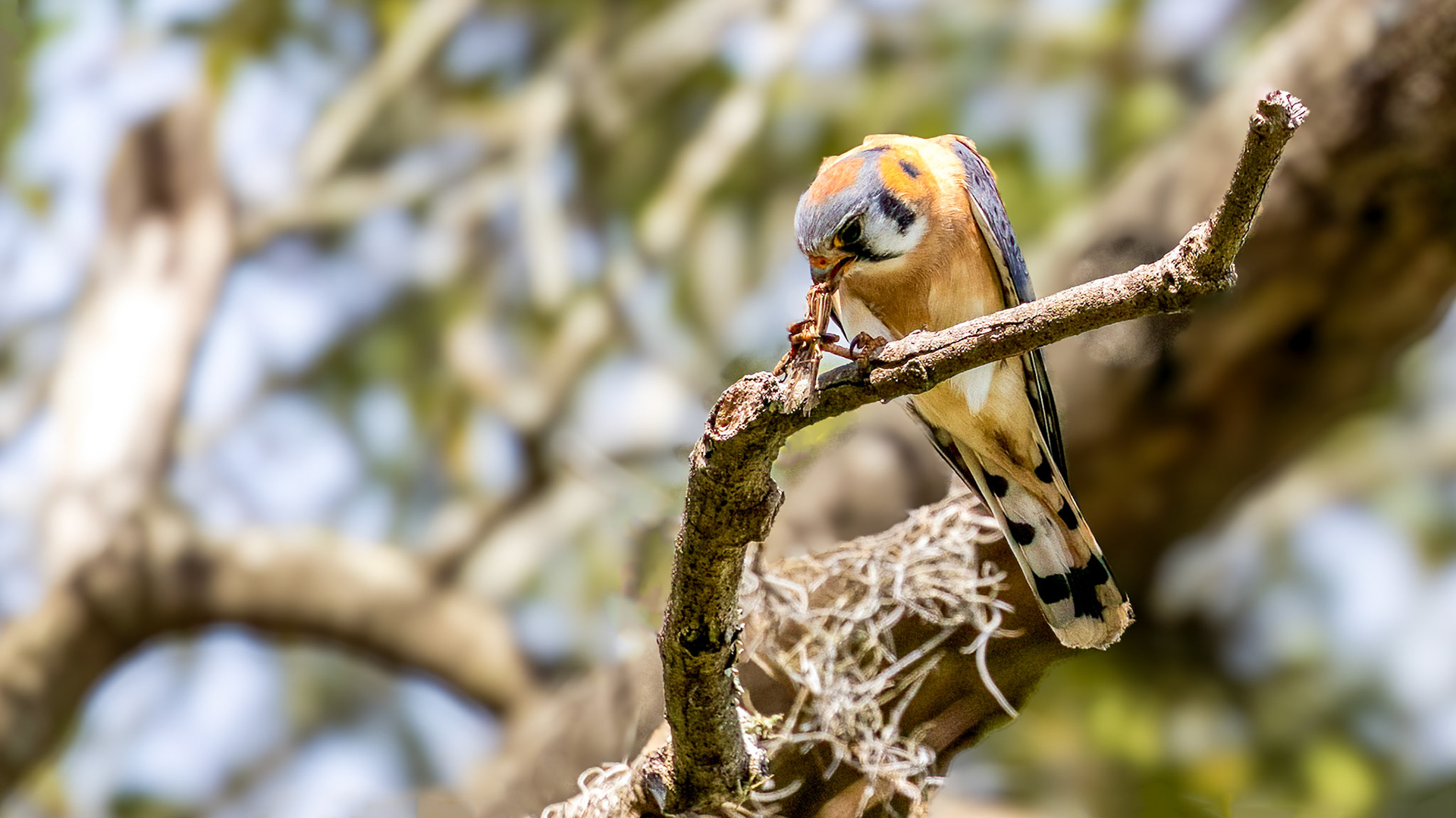

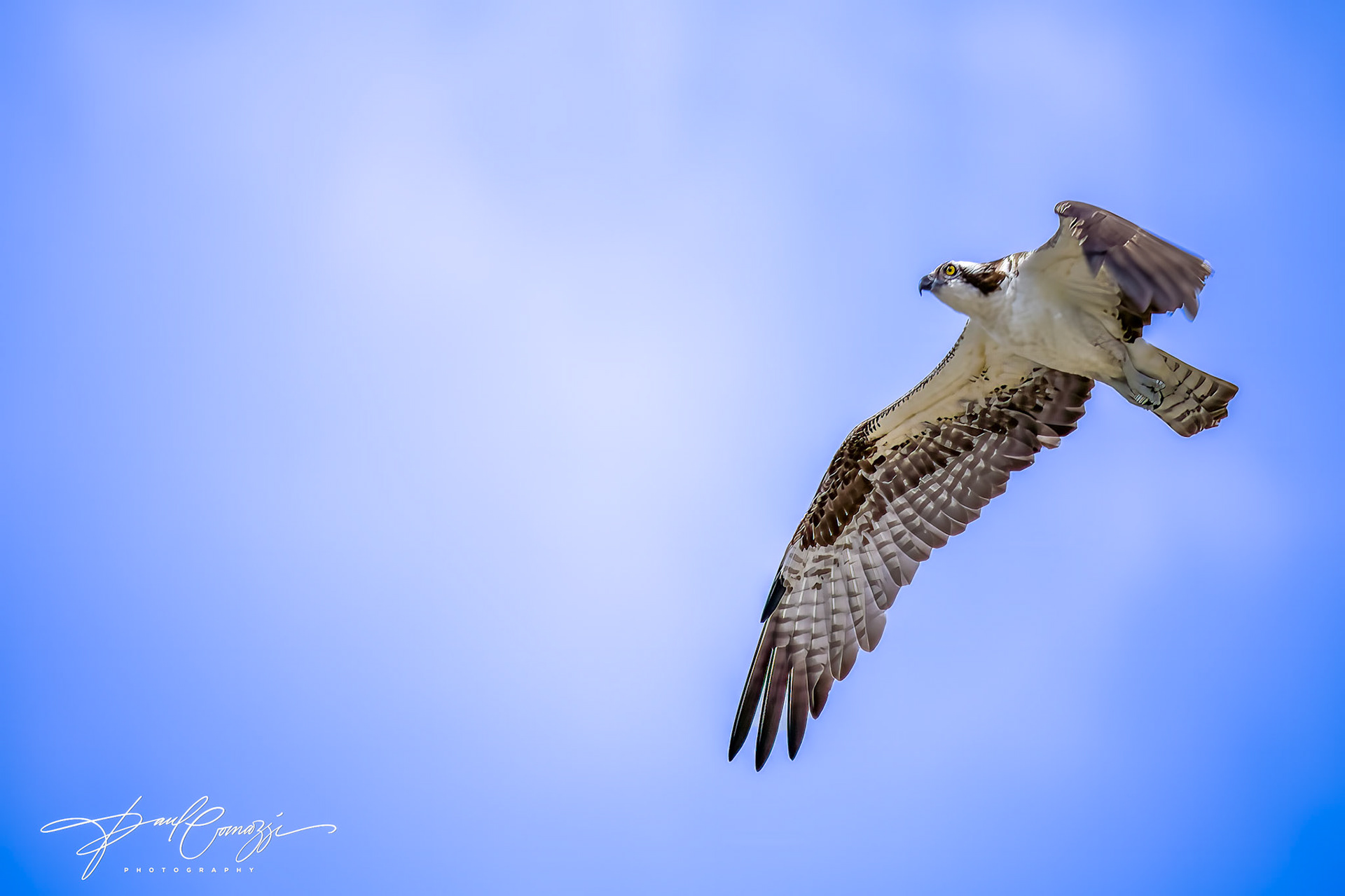
Osprey: The Fish Hawk
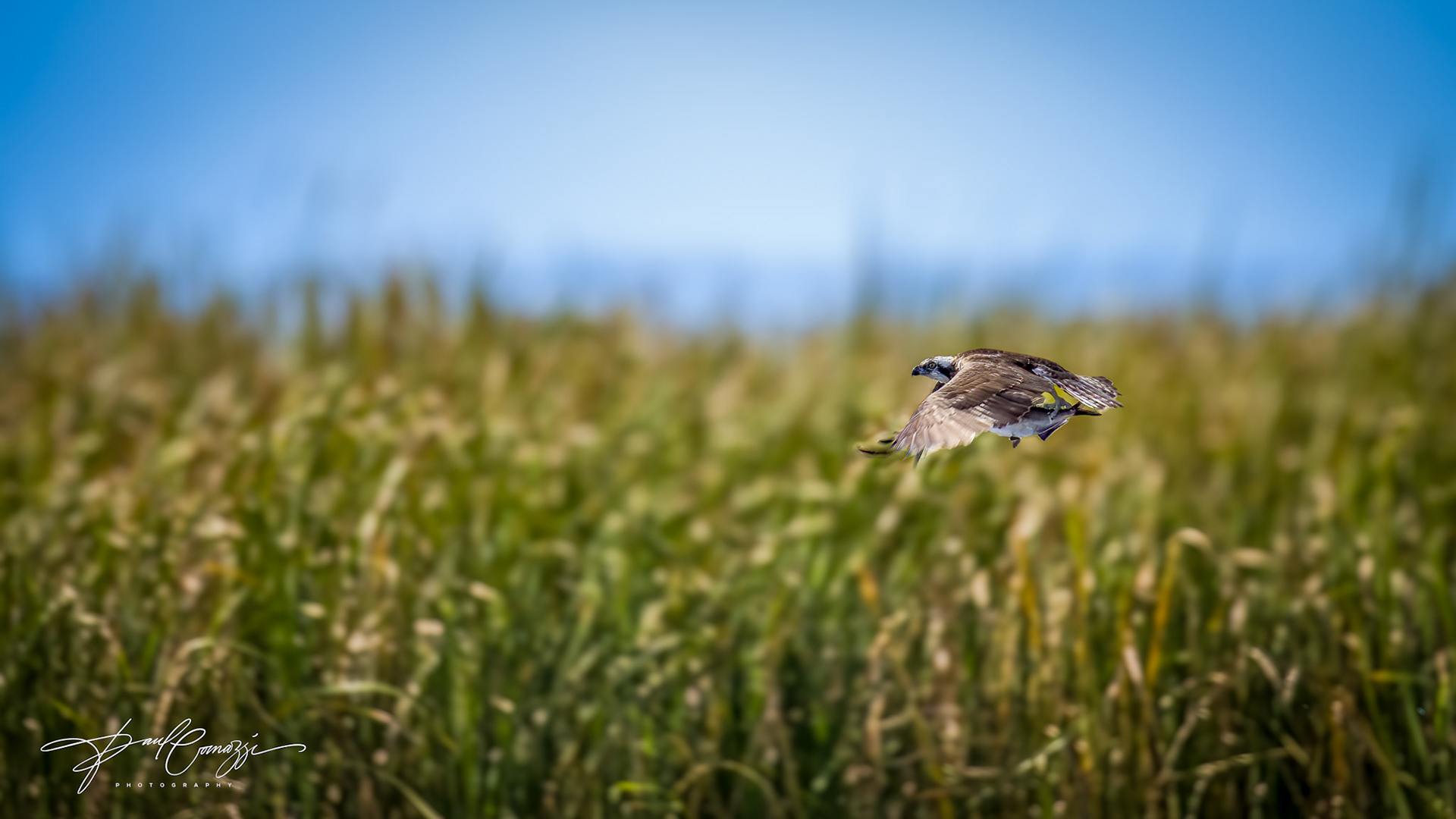
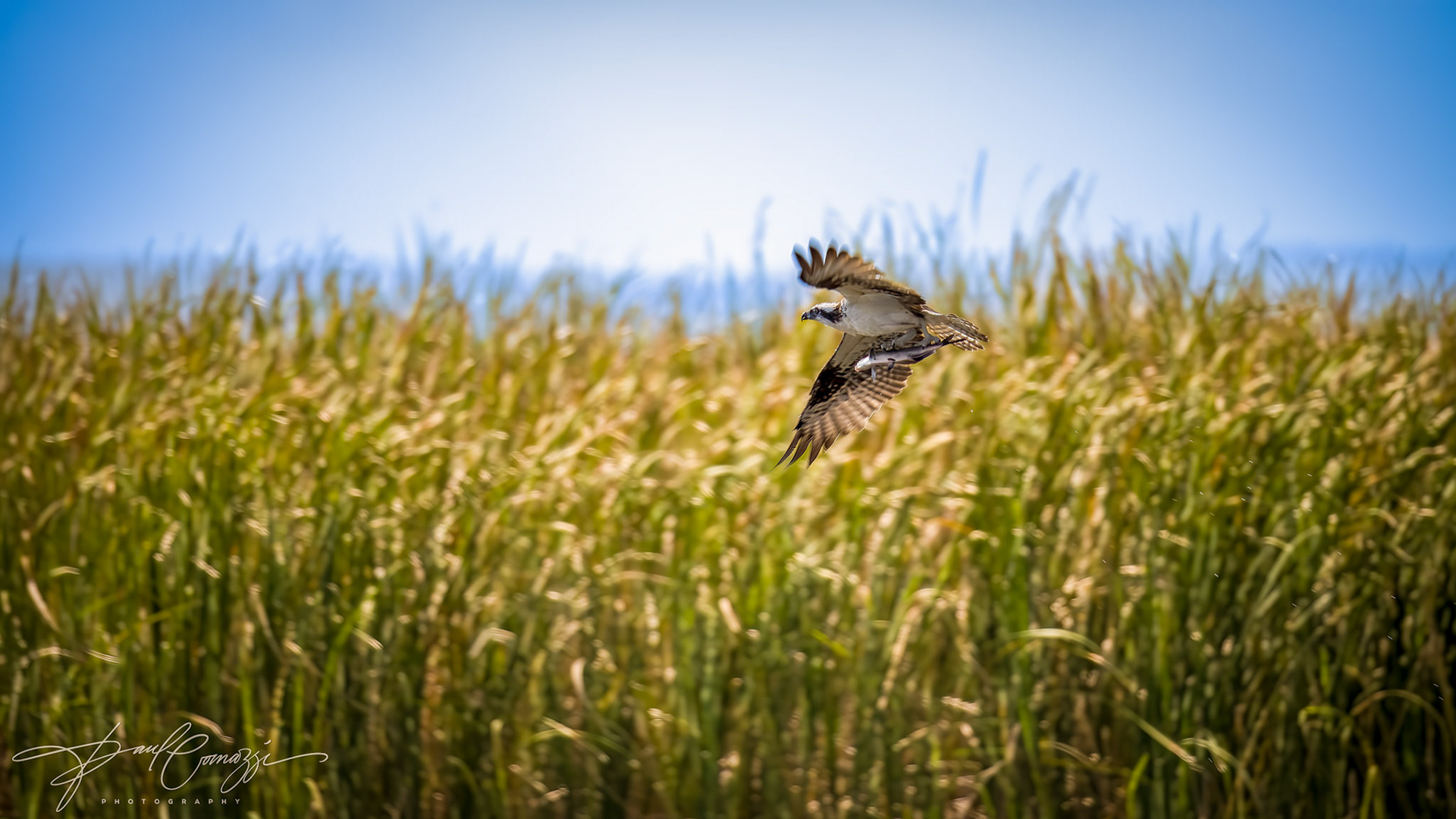
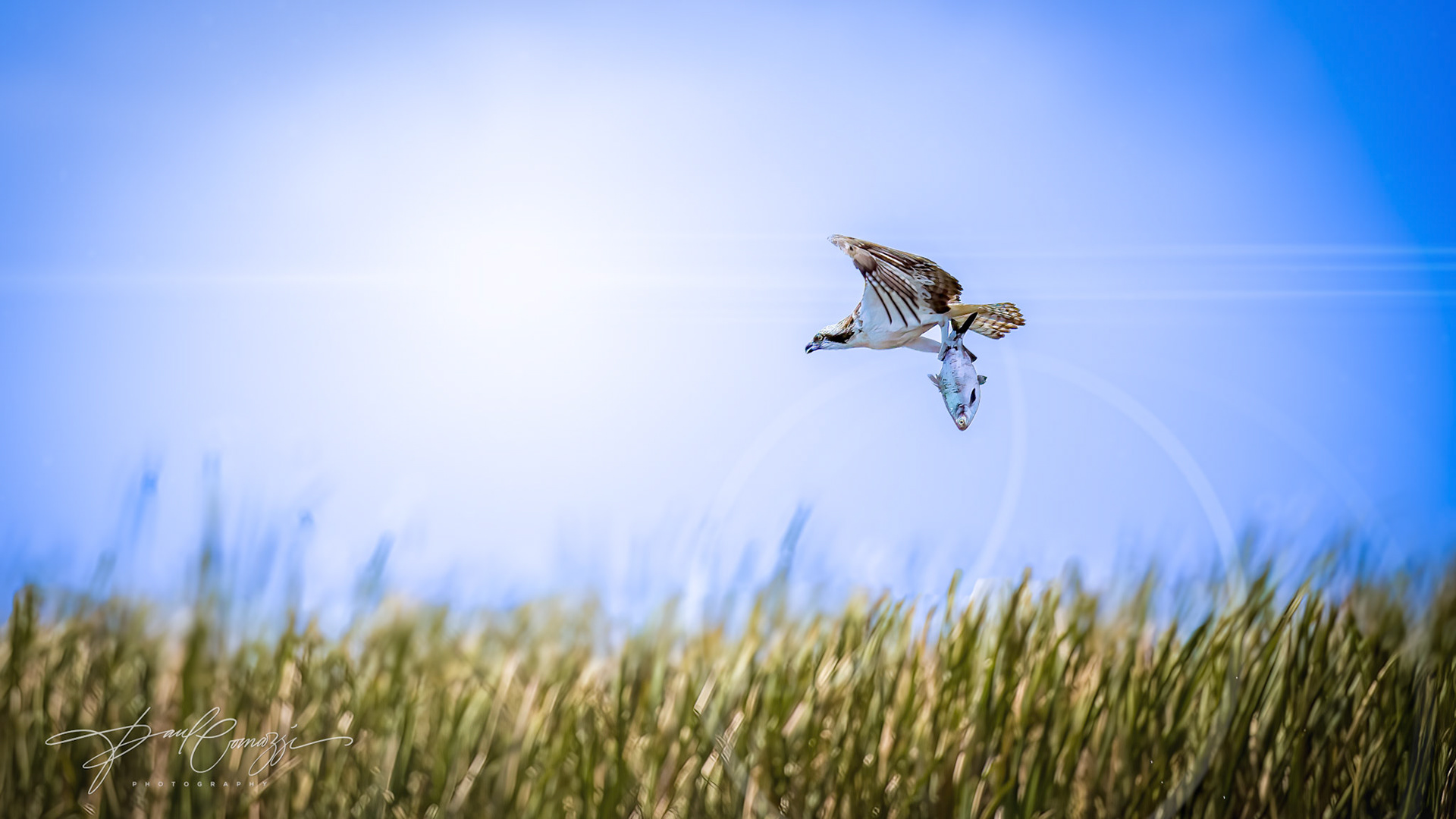
OSPREY: THE FISH HAWK
An osprey (pandion haliaetus) soars effortlessly above the glistening lake, its keen eyes constantly examining the water below. It has excellent eyesight and spots a large fish swimming quickly in the shallows. The osprey tucks its wings and dives headfirst into the water like an arrow, in a single swift motion. The osprey swoops down and snatches the fish out of its peaceful environment, clutching it securely in its strong talons. The osprey lifts off the lake with a mighty wingbeat, its prey safely in its talons. It soars high into the sky, taking its bounty to its nest, where hungry chicks eagerly await their food.
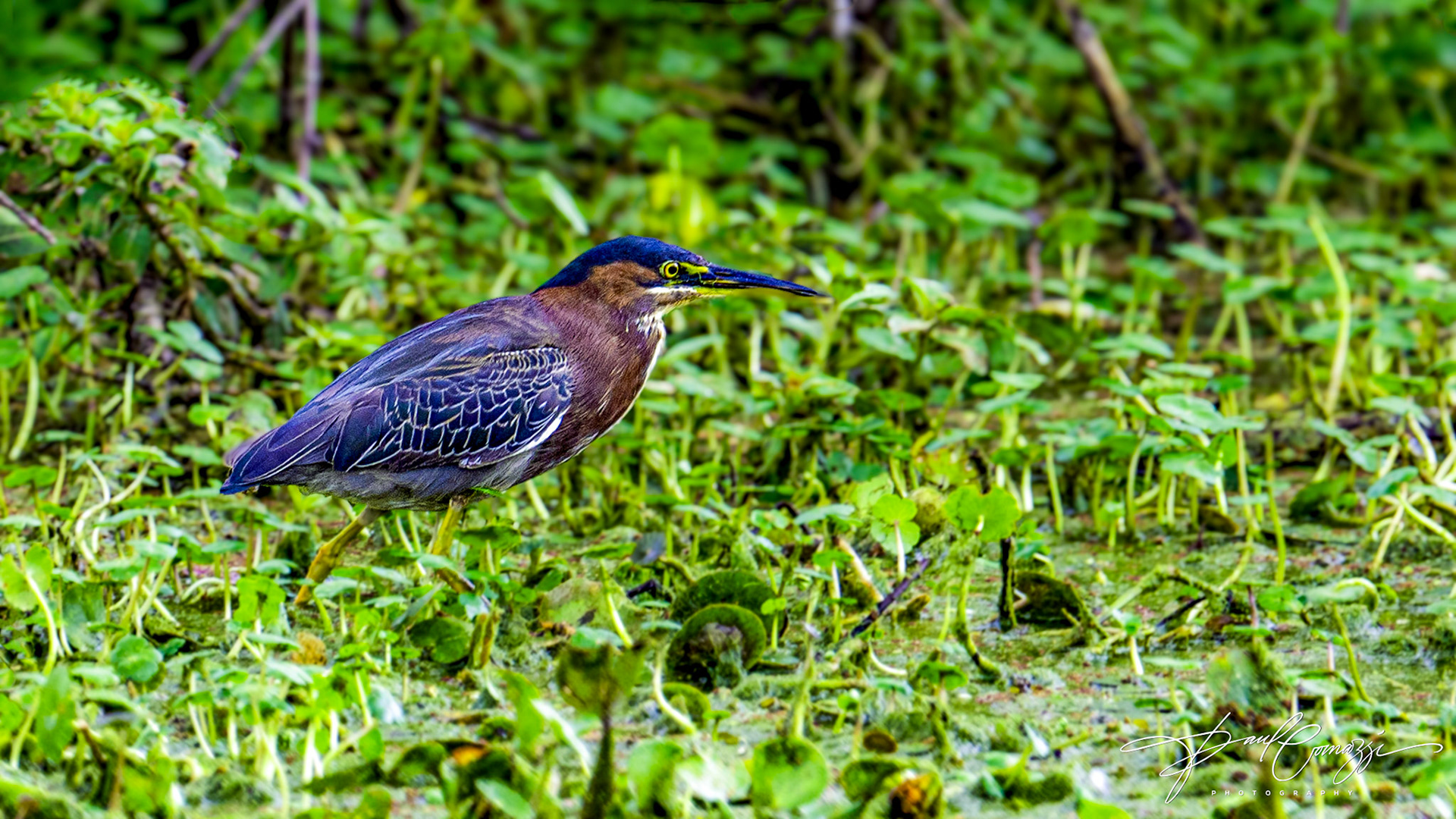

The Hunter Get Hunted: Juvenile Bald Eagle Hunts an Osprey
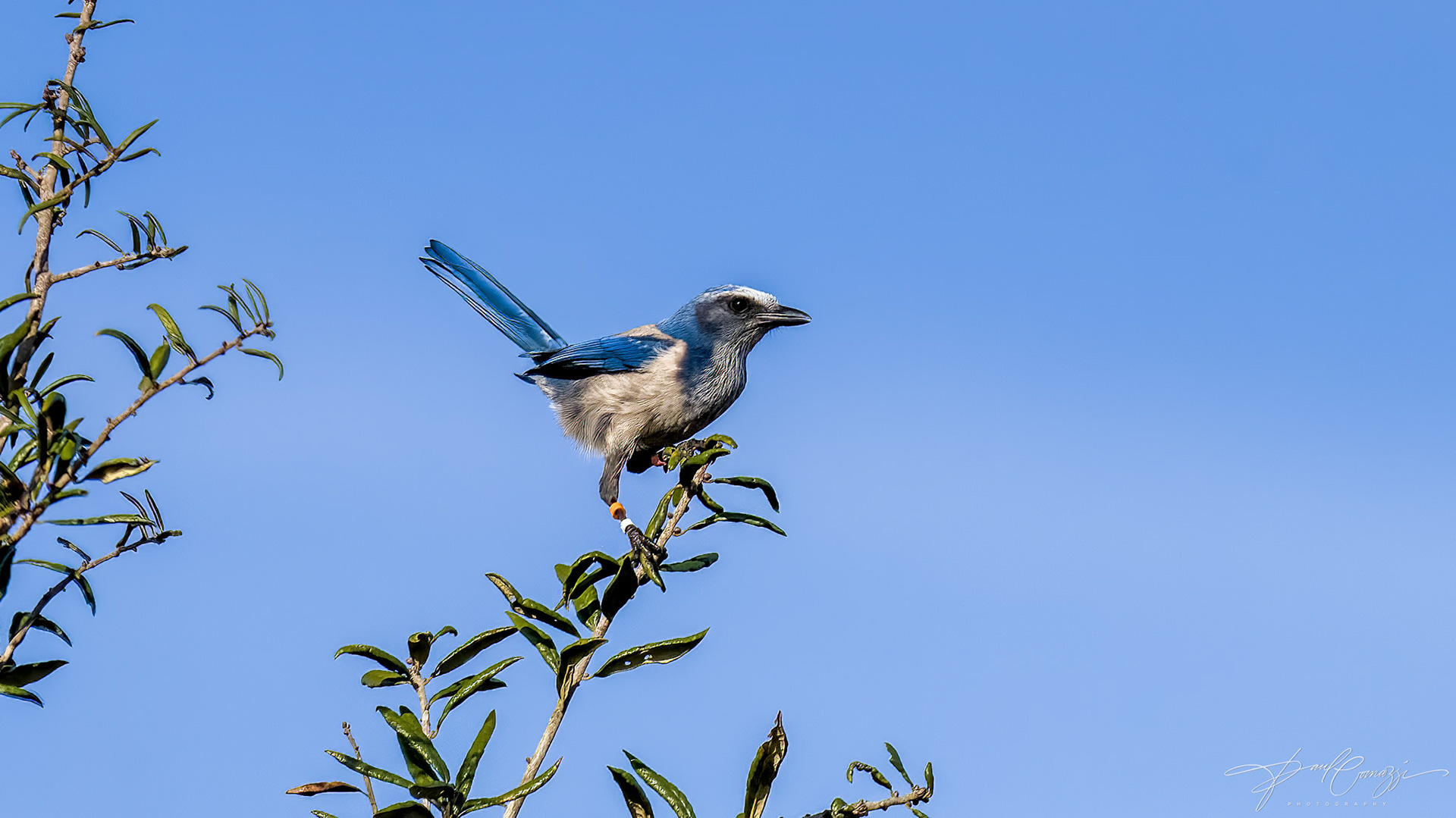
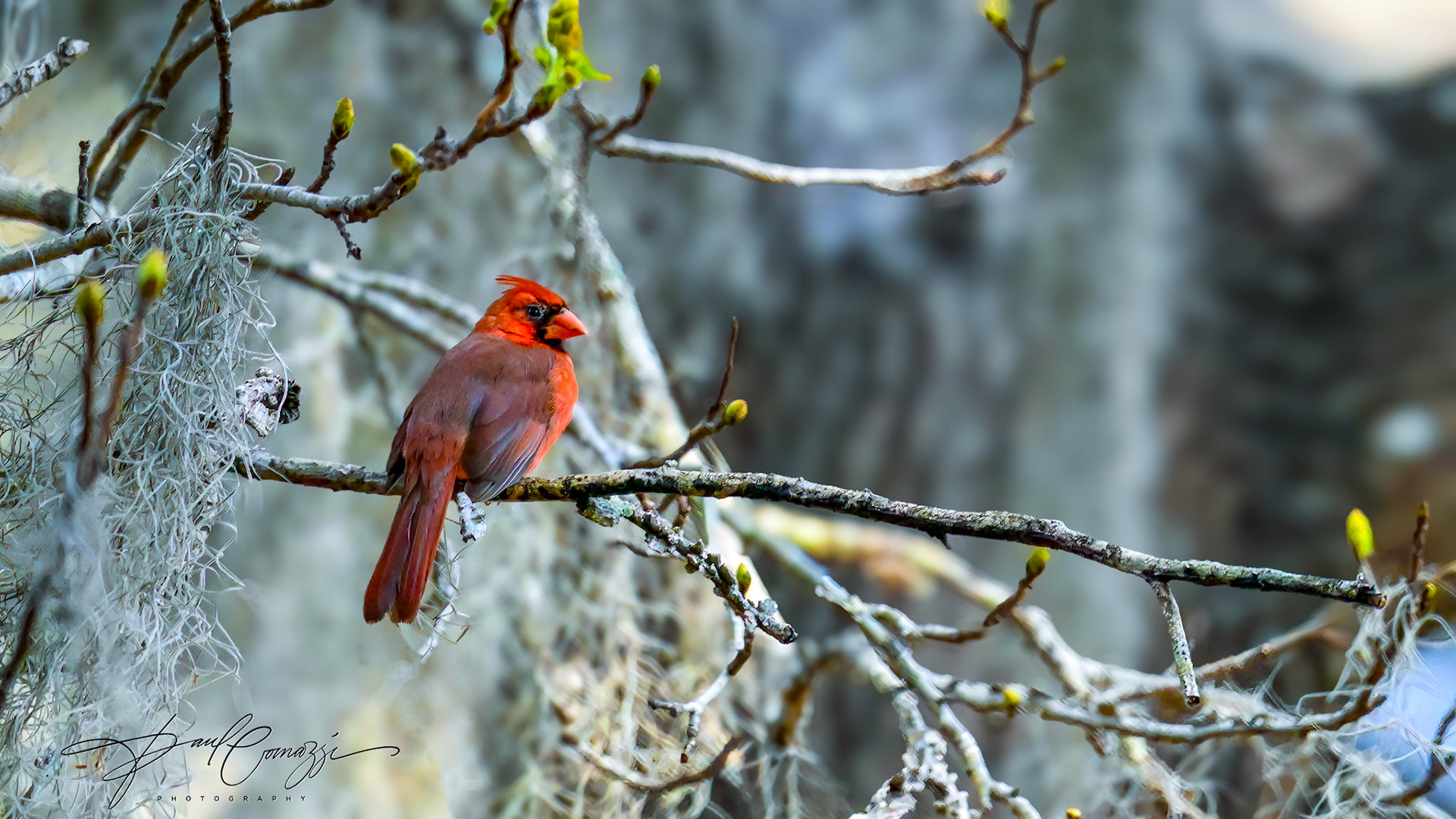
Solace in Scarlet: A Cardinal's Comfort
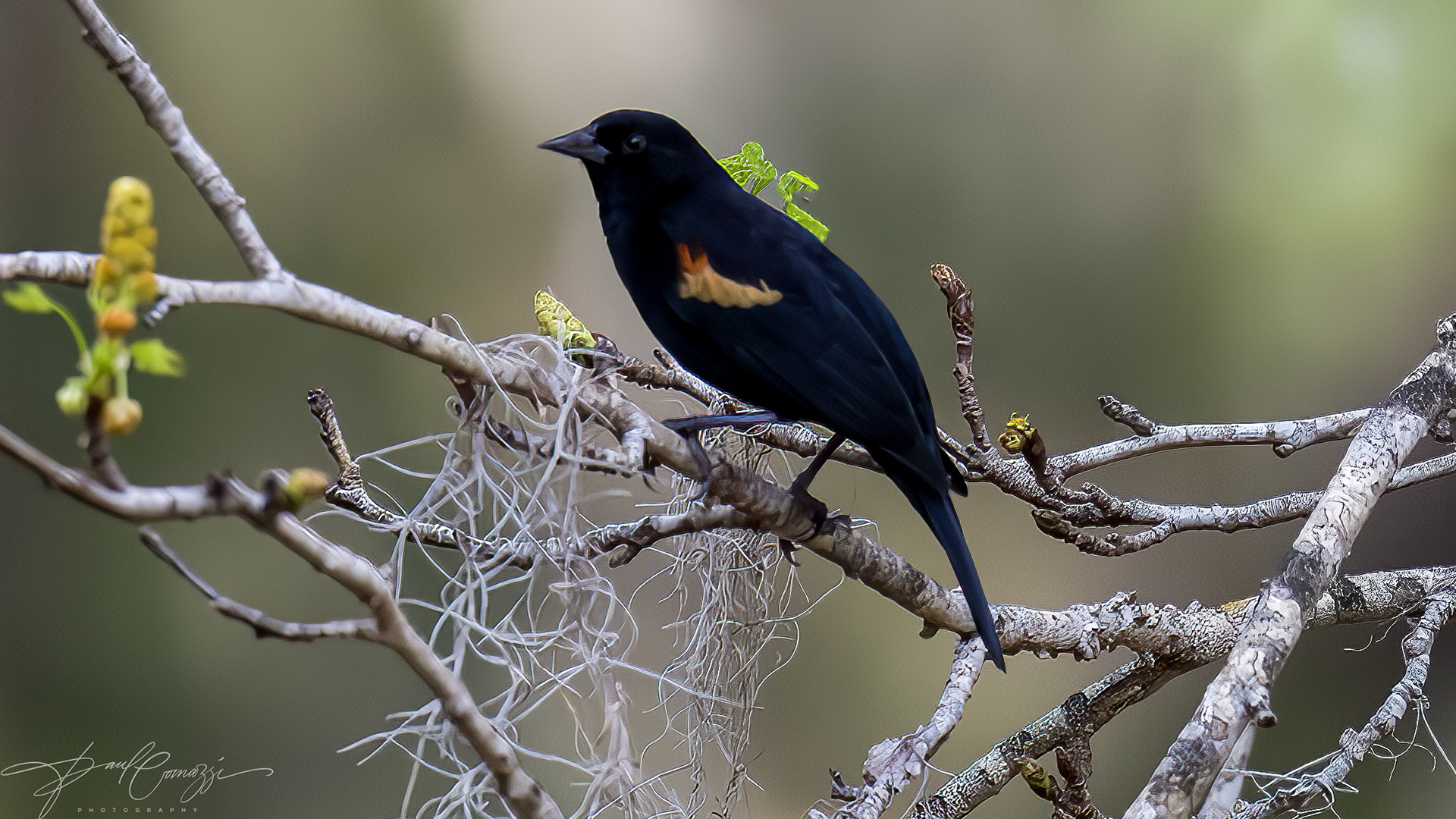
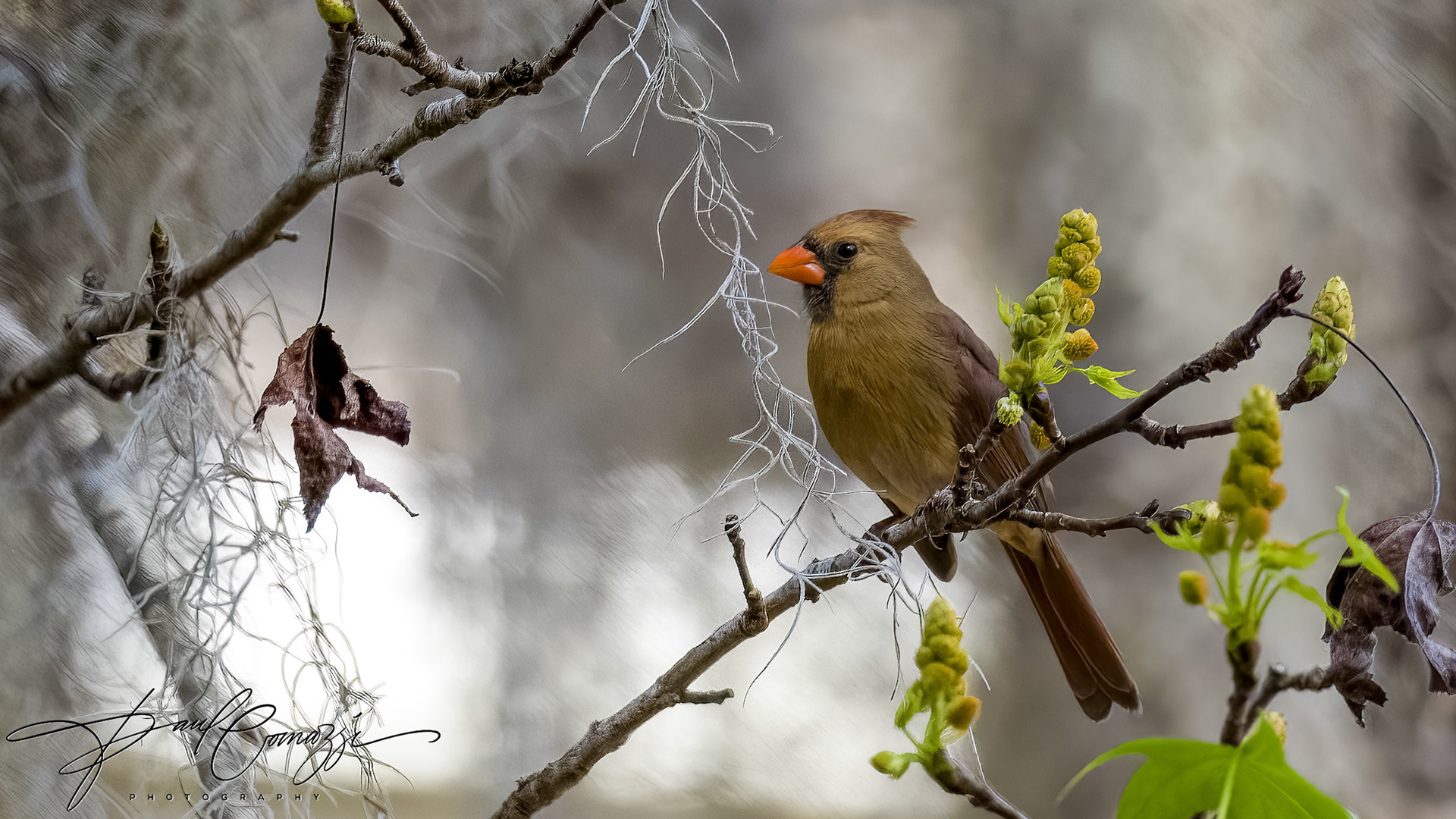
Radiant Reverie: The Positivity Plumage
BACKYARD BIRDS


